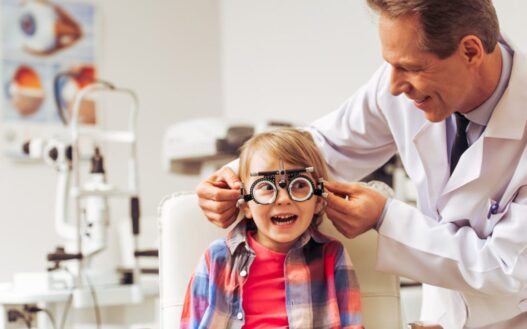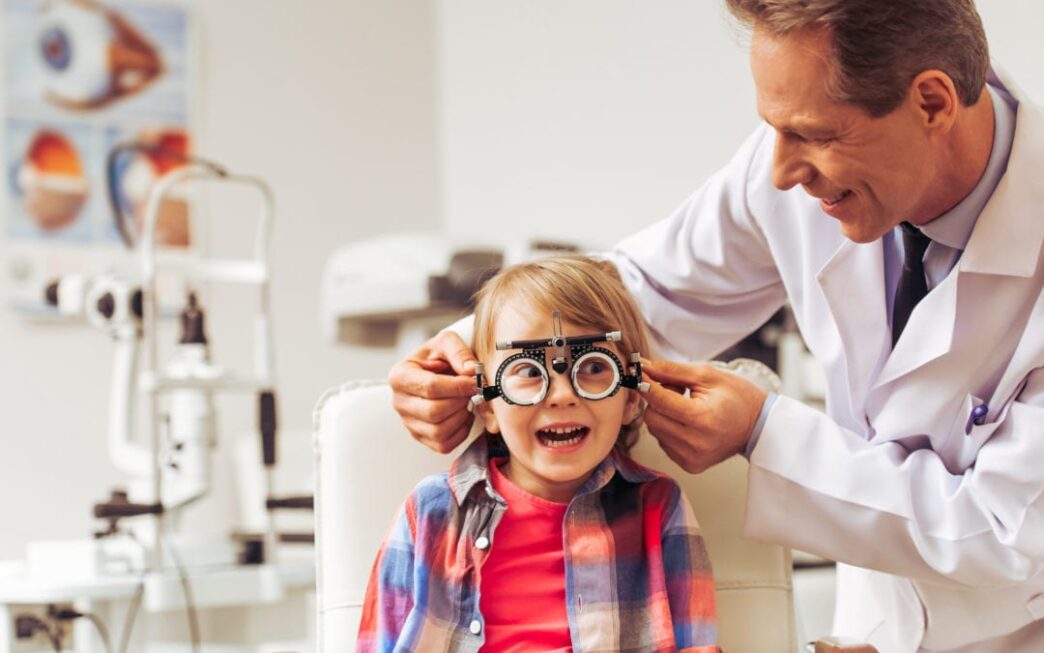Children’s eye health is crucial for their learning and development. Regular pediatric eye exams help catch vision issues early. Vision problems can hinder a child’s ability to learn and interact with the world. If caught early, conditions like nearsightedness or farsightedness can be easily managed. Children need clear vision to build reading and motor skills. Without corrective measures, they may fall behind in school and in life.
Some serious conditions like glaucoma can even require surgical intervention. For example, glaucoma surgery Austin offers advanced care for those in need. But the key is early detection. A simple eye check can change a child’s future, helping them thrive academically and socially. Please make pediatric eye exams a priority. You empower children by ensuring their vision stays clear and healthy. Together, let’s set them up for success. Schedule an eye exam today to protect your child’s bright future.
Table of Contents
Why Eye Exams Matter
Eye exams are not just about checking vision. They help identify potential health issues that could impact a child’s education and social development. Early detection of vision problems means that corrective measures can be implemented, allowing children to perform better in school. According to the Centers for Disease Control and Prevention, vision impairment can affect a child’s ability to concentrate and learn.
Common Vision Problems in Children
There are several common vision issues that can be detected during an eye exam:
- Nearsightedness: Trouble seeing distant objects
- Farsightedness: Difficulty focusing on close objects
- Astigmatism: Blurred vision caused by an irregularly shaped cornea
- Strabismus: Misaligned eyes leading to poor depth perception
- Lazy Eye (Amblyopia): Reduced vision in one eye
Impact on Learning and Development
Vision is a key part of how children learn. Poor vision can affect reading, writing, and coordination. These challenges can lead to frustration and poor academic performance. Children struggling with uncorrected vision issues may develop negative feelings towards school and learning.
Signs Your Child Might Need an Eye Exam
Watch for these signs that might indicate vision problems:
- Squinting or tilting the head
- Sitting too close to screens or holding books too close
- Complaining of headaches or eye pain
- Difficulty following moving objects
- Frequent eye rubbing or blinking
Scheduling Your Child’s Eye Exam
Experts recommend regular eye exams starting as early as six months of age. The National Eye Institute suggests scheduling exams before first grade and annually thereafter. These check-ups can prevent vision issues from impacting your child’s learning and development.
Comparison of Eye Exam Benefits
| Benefit | Impact on Child |
|---|---|
| Early Detection | Prevents learning delays |
| Improved Vision | Enhances comprehension and participation in class |
| Confidence Boost | Encourages social interaction and self-esteem |
Taking Action Now
Early action can change everything for a child with vision problems. By scheduling regular pediatric eye exams, you ensure your child is equipped with the tools to succeed. Catching vision issues early means children can enjoy better learning experiences and social interactions. Prioritize your child’s eye health today.
Conclusion
Pediatric eye exams play a vital role in a child’s educational journey. Eye health directly influences learning, social skills, and overall development. Regular eye exams detect issues that eyeglasses or treatments can easily resolve. Help your child achieve their best by keeping their vision clear and healthy. Empower their success by making eye exams a priority today.




